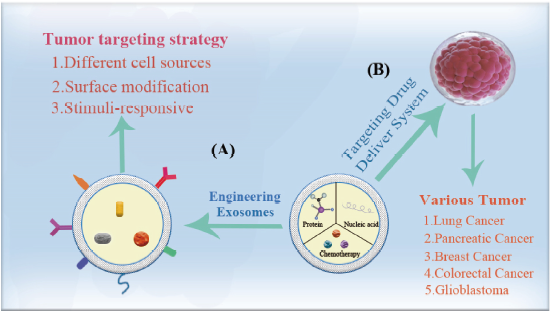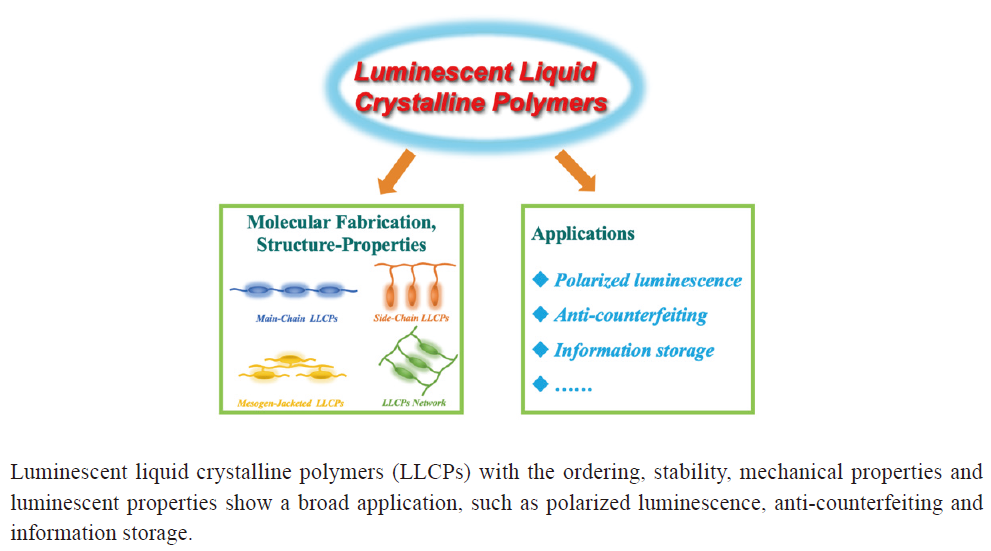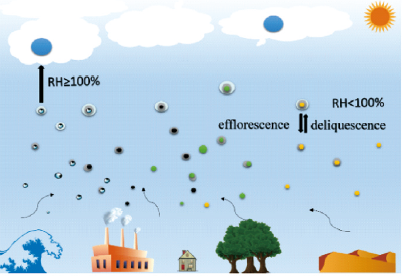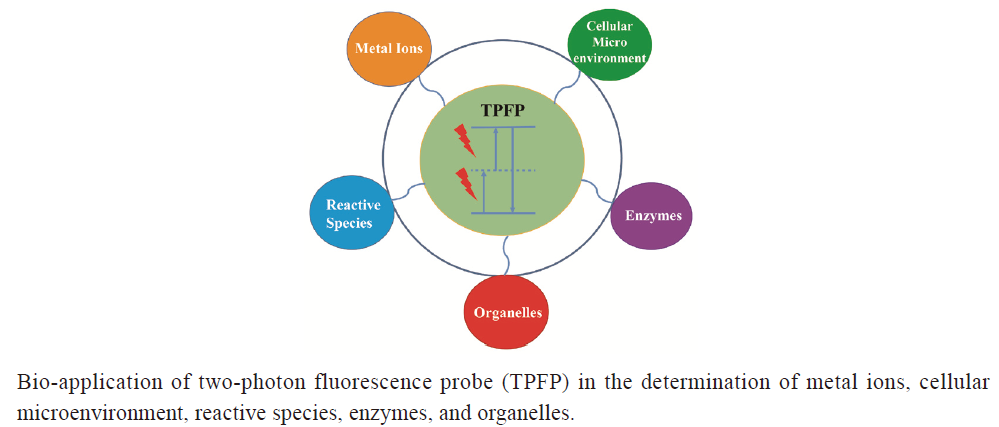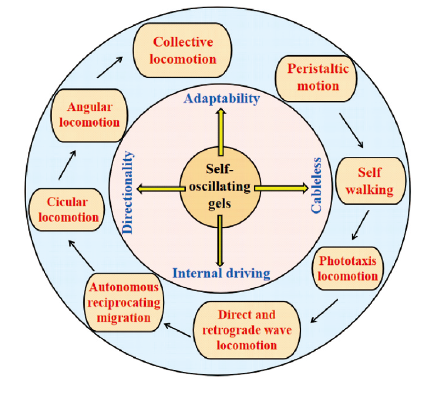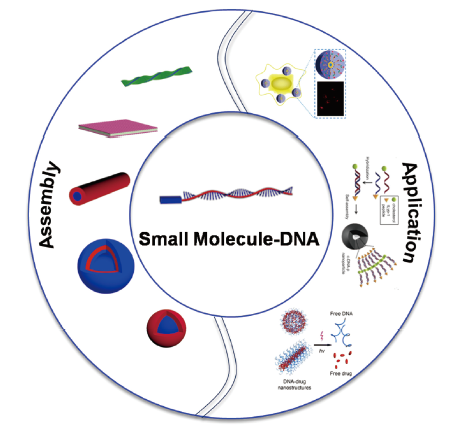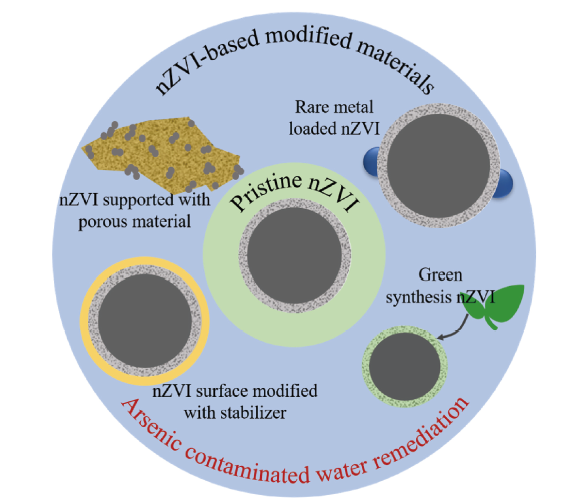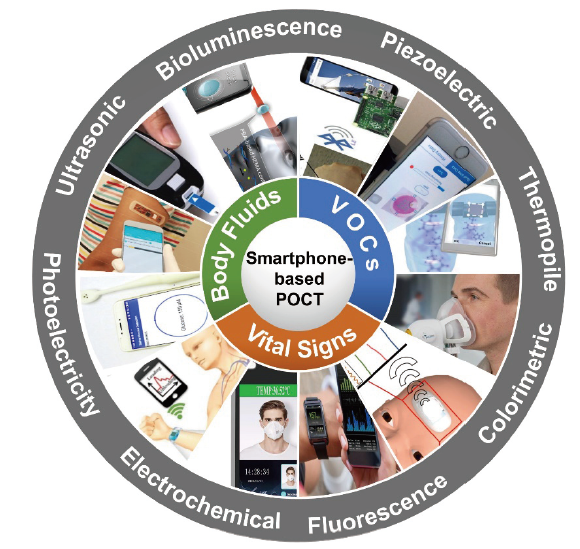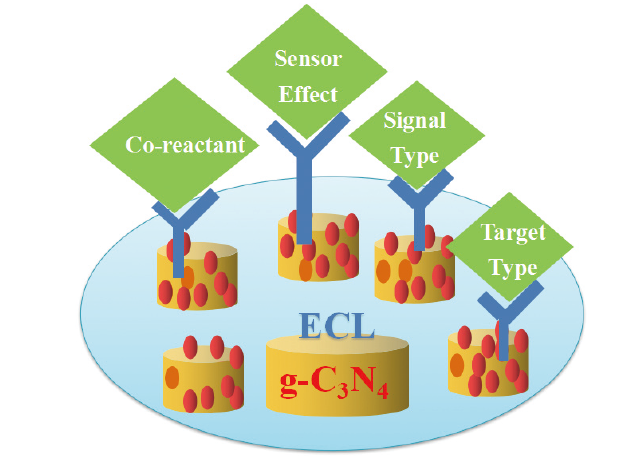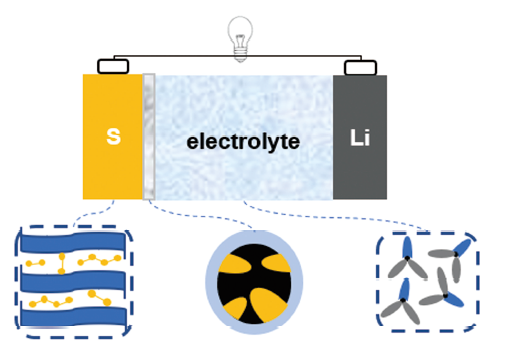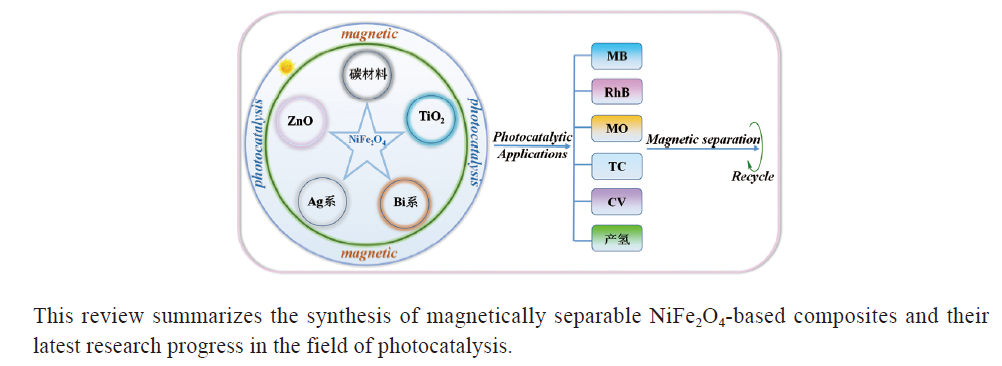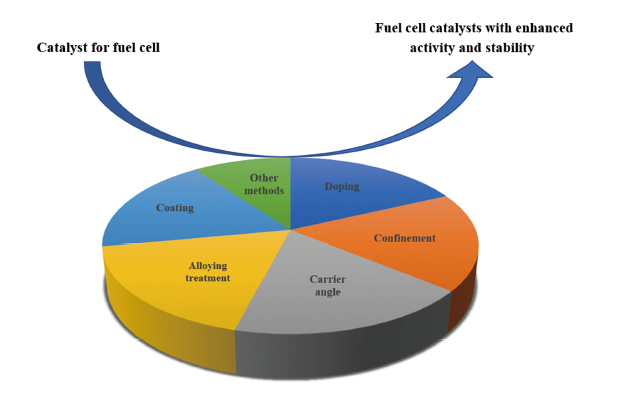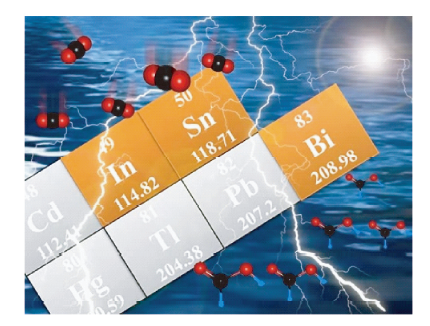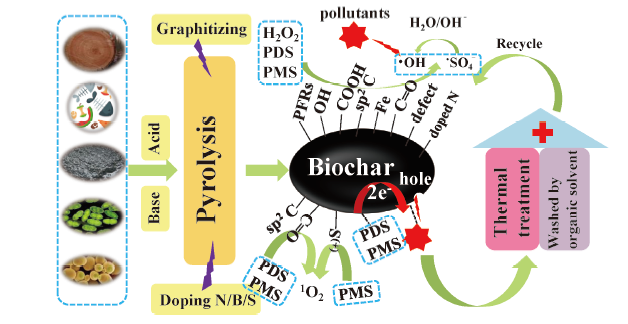Xiaofeng Chen, Kaiyuan Wang, Fangming Liang, Ruiqi Jiang, Jin Sun. Exosomes Drug Delivery Systems and Their Application in Tumor Treatment[J]. Progress in Chemistry, 2022, 34(4): 773-786.
Cancer is the second leading cause of death in the world, and the incidence rate of cancer remains high every year. Although existing treatments have made significant progress in the past decade, due to the non-specific cytotoxicity, poor biocompatibility and low bioavailability of existing anti-tumor drugs, the therapeutic effect of chemotherapy and other methods is poor. Exosomes are membrane vesicles secreted by various kinds of cells with phospholipid bilayer structure and nano particle size (30~100 nm). Exosomes are the media of information exchange and material transportation between cells, carrying proteins, lipids, nucleic acids and other substances of host cells. With the in-depth study of exosomes, their application is more and more widespread. In the process of intercellular communication, exosomes can regulate the biological response of target cells, which may promote or inhibit disease. They have good biocompatibility, high stability and excellent targetability. Exosomes serving as potentially effective drug delivery systems in cancer treatment have attracted increasing attention. In order to enhance the therapeutic effect of exosomes and reduce the toxicity of drugs to normal cells, it is necessary to improve the targetability of exosomes. Researchers try to customize exosomes with different targeting categories and abilities by modifying exosomes in various ways, which endows exosomes with broad prospects in the field of targeted therapy of tumors. This review highlights the design strategy of exosomes as drug carriers to target tumors, and tries to provide new insights of exosomes-based nanocarriers in various tumor treatment. Besides, this review mainly introduces the biogenesis of exosomes, the physiological function of exosomes and their separation methods. Particular attention is paid to the design strategy of engineered exosomes targeting tumors, including using exosomes from different sources, different surface modification methods and different stimuli-responsive exosomes. Finally, we summarize and discuss the progress of exosomes as drug carriers to solid tumors, and the deficiencies of exosomes in clinical application.
1 Introduction
2 Exosomes and their characteristics
2.1 Composition of exosomes
2.2 Biogenesis of exosomes
2.3 Physiological function of exosomes
2.4 Isolation of exosomes
2.5 Drug loading mechanism of exosomes
3 The design strategy of engineered exosomes targeting tumors
3.1 Exosomes from different cell sources
3.2 Surface modification of exosomes
3.3 Stimuli-responsive exosomes
4 Application of exosomes as drug delivery carriers in tumor therapy
4.1 Lung cancer
4.2 Pancreatic cancer
4.3 Breast cancer
4.4 Colorectal cancer
4.5 Glioblastoma
5 Conclusion and outlook









